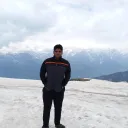Souvenirs to buy in Bangalore on your next visit
Bangalore, the vibrant capital city of Karnataka, is not just a tech hub but also a treasure trove of unique souvenirs and local crafts. From traditional silk saris to modern art, the city offers a wide range of items that reflect its rich cultural heritage and contemporary flair. Here's a guide to the best souvenirs you can buy in Bangalore, complete with their history and where to find them.
1. Sandalwood Products

Karnataka is famous for its sandalwood, and Bangalore offers a variety of sandalwood products including carvings, incense sticks, and cosmetics.
History: Sandalwood from Karnataka has been prized for centuries, used in everything from temple rituals to ancient medicine.
a. Sandalwood Incense Sticks

Sandalwood incense sticks, also known as agarbatti or agarwood incense, are a traditional and popular product in Karnataka, India. The state is renowned for its high-quality sandalwood, which is prized for its rich, woody fragrance and its calming and meditative properties.
Benefits of Sandalwood Incense - Sandalwood incense is said to have a number of benefits, including:
Promotes relaxation and stress relief
Enhances meditation and mindfulness
Elevates mood and promotes positive thinking
Repels insects and creates a fresh and fragrant atmosphere
b. Sandalwood Idols

Sandalwood idols, also known as Sandalwood murtis, are a revered and cherished art form in Karnataka, India. The state is renowned for its exquisite craftsmanship in sandalwood carving, and these intricate idols embody the rich cultural heritage of the region.
Cultural Significance of Sandalwood Idols
Sandalwood idols play an integral role in various Hindu rituals and festivals. They are adorned with flowers, garlands, and sacred ornaments, and devotees offer prayers and offerings to them. The idols are believed to be imbued with divine energy and blessings, making them a source of spiritual comfort and devotion.
c. Sandalwood Garlands

Sandalwood garlands, also known as 'chandan mala' or 'gandhamala,' hold a significant place in the cultural and religious traditions of Karnataka, India. These fragrant garlands, crafted from the aromatic wood of sandalwood, are considered sacred and auspicious, symbolizing purity, devotion, and blessings.
Usage of Sandalwood Garlands
Temple Worship: Devotees offer sandalwood garlands to deities in temples as a sign of reverence and to seek blessings.
Religious Ceremonies: Sandalwood garlands are used in various religious ceremonies, such as weddings, upanayana (sacred thread ceremony), and funerals.
Cultural Celebrations: Sandalwood garlands are adorned during cultural festivities, adding a touch of fragrance and auspiciousness to the occasion.
Personal Adornment: Sandalwood garlands are sometimes worn by individuals during religious practices or special occasions.
d. Sandalwood powder
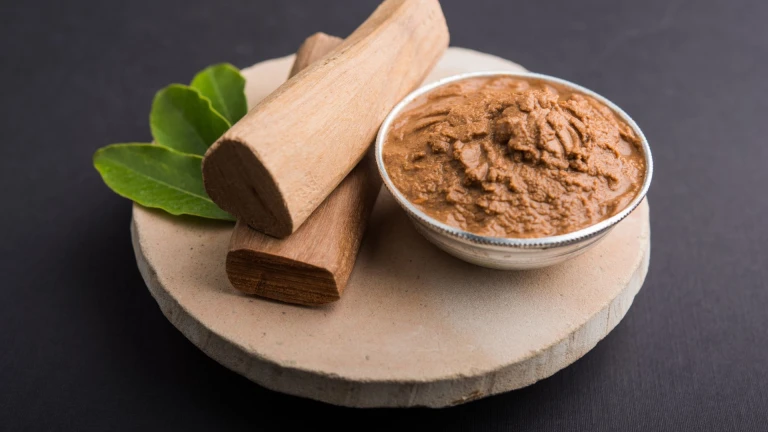
Sandalwood powder, also known as 'Chandan pooma' or 'gandhadha powder' in Kannada, is a fine-grained powder made from the aromatic heartwood of sandalwood trees. It is a versatile and traditional ingredient used in various applications, from religious rituals to traditional medicine and personal care.
Uses of Sandalwood Powder
Religious and Spiritual Practices: Sandalwood powder is used in various religious rituals and ceremonies, such as applying it to the forehead during prayer, anointing deities, and creating sacred ash.
Traditional Medicine: Sandalwood powder is used in traditional Ayurvedic medicine due to its purported healing properties. It is believed to have antioxidant, anti-inflammatory, and antiseptic properties.
Personal Care and Beauty: Sandalwood powder is used in traditional cosmetics and beauty treatments due to its moisturizing, skin-soothing, and fragrance-enhancing properties.
Aromatherapy and Incense: Sandalwood powder is a popular ingredient in aromatherapy and incense making due to its calming and relaxing aroma.
Food and Beverages: Sandalwood powder is sometimes used in small amounts in some Indian cuisines to impart its unique flavour and aroma.
e. Sandalwood Mala or Rosary
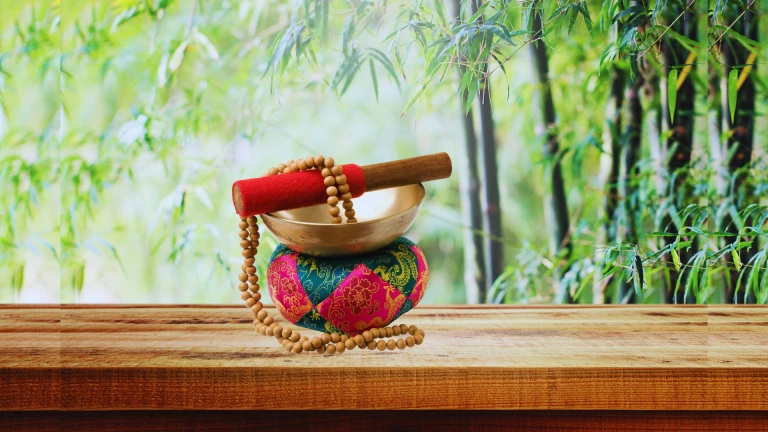
Sandalwood malas, also known as rosaries, are a traditional and sacred item in Karnataka, India. These intricately crafted rosaries, made from the aromatic wood of sandalwood, are used in various religious and spiritual practices.
Types of Sandalwood Malas
Beaded Malas: These malas are made from beads of sandalwood, typically ranging from 108 to 1008 beads.
Carved Malas: These malas feature intricate carvings of deities or sacred symbols, making them highly prized for their craftsmanship and spiritual significance.
Ornate Malas: These malas are adorned with gold, silver, or precious stones, adding elegance and enhancing the sacredness of the mala.
Uses of Sandalwood Malas
Chanting and Prayers: Sandalwood malas are used to count prayers and mantras, promoting focus and devotion during spiritual practices.
Meditation and Mindfulness: The soothing aroma of sandalwood is believed to enhance relaxation and focus during meditation sessions.
Wedding and Rituals: Sandalwood malas are often used in weddings and other auspicious ceremonies as a symbol of purity, blessings, and auspiciousness.
Personal Adornment: Sandalwood malas are sometimes worn as personal adornment, believed to impart positive energy and protect the wearer.
f. Sandalwood Oil
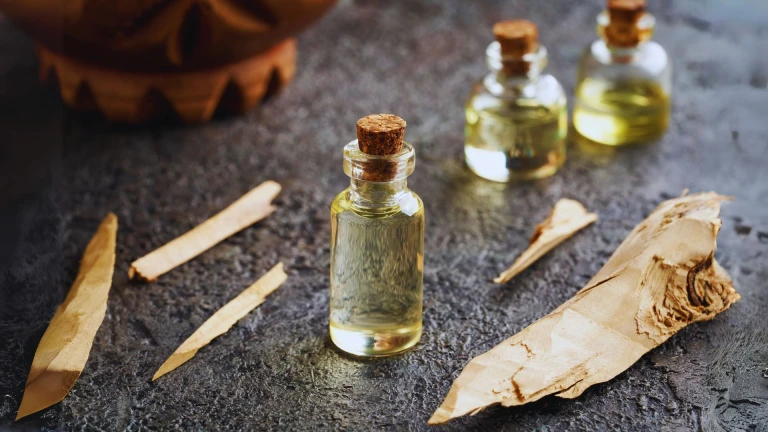
Sandalwood oil is a precious and fragrant essential oil that is produced from the heartwood of sandalwood trees. Karnataka is the leading producer of sandalwood oil in India, accounting for over 80% of the country's production.
Uses of Sandalwood Oil
Aromatherapy: Sandalwood oil is a popular ingredient in aromatherapy due to its calming and relaxing properties. It is often used in massage therapy and diffusers to promote stress relief and improve sleep quality.
Cosmetics: Sandalwood oil is a valuable ingredient in cosmetics due to its moisturizing and anti-inflammatory properties. It is often used in soaps, lotions, and perfumes.
Traditional Medicine: Sandalwood oil has been used in traditional medicine for centuries due to its purported healing properties. It is believed to have antiseptic, anti-inflammatory, and antioxidant properties.
Religious and Cultural Practices: Sandalwood oil is used in religious and cultural practices in India, such as anointing sculptures and applying it to the forehead during prayer.
g. Sandalwood Soaps
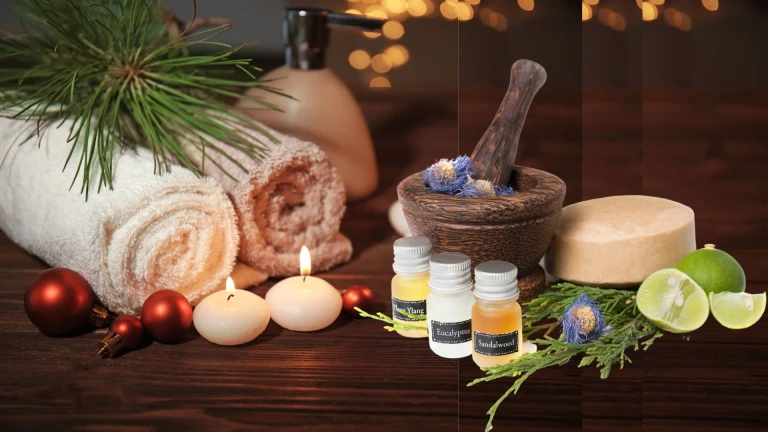
Sandalwood soaps are a popular and traditional item in Karnataka, India. These delicately scented soaps, made from the aromatic wood of sandalwood, are used for both their cleansing and aromatic benefits.
Benefits of Sandalwood Soaps
Skin Clarifying: Sandalwood's anti-inflammatory properties are said to soothe and calm the skin, reducing redness and irritation.
Moisturizing: Sandalwood oil is a natural emollient, helping to hydrate and soften the skin.
Anti-bacterial: The presence of herbal extracts, such as turmeric or neem, may help to combat acne-causing bacteria and promote overall skin health.
Stress Relief: The calming aroma of sandalwood is said to promote relaxation and reduce stress, making it a suitable choice for bath or shower time.
2. Mysore Silk Sarees
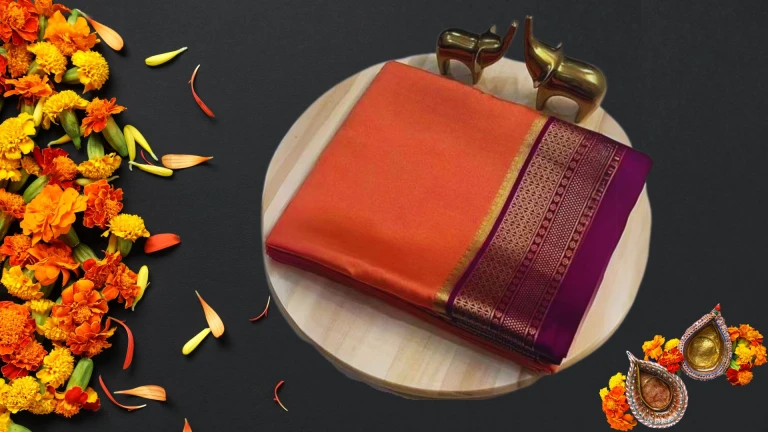
In Mysore silk sarees, known for their lustrous quality and elegance, are a must-buy in Bangalore. Originating from the neighbouring city of Mysore, these sarees are a symbol of luxury and sophistication.
History: The production of Mysore silk was initiated by the Maharaja of Mysore in 1912. These sarees have a rich history and are coveted for their pure silk and gold zari.
Where to Buy: Karnataka Silk Industries Corporation (KSIC) showrooms and local markets like Chickpet and Commercial Street.
3. Channapatna Toys

These traditional Indian wooden toys are known for their craftsmanship and use of eco-friendly materials. Channapatna toys are characterized by their bright colours and unique designs.
History: The craft of making these toys dates back to the 18th century and has been passed down through generations. It was patronized by Tipu Sultan and later supported by the government.
Where to Buy: State-run Cauvery Handicrafts Emporium and various craft fairs across the city.
4. Coffee and Spices
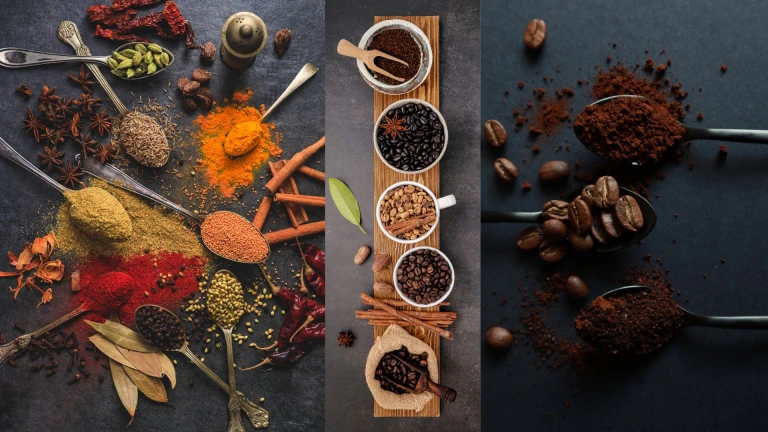
With Karnataka being a major coffee-producing state, Bangalore is the perfect place to buy fresh coffee beans and exotic spices.
History: Coffee cultivation in Karnataka dates back to the 17th century, introduced by Baba Budan. The region's spices are also renowned for their quality and variety.
Where to Buy: Local markets like M.G. Road and Brigade Road, and speciality stores like India Coffee House and Sakleshpur Spice House.
5. Bangalore Silk
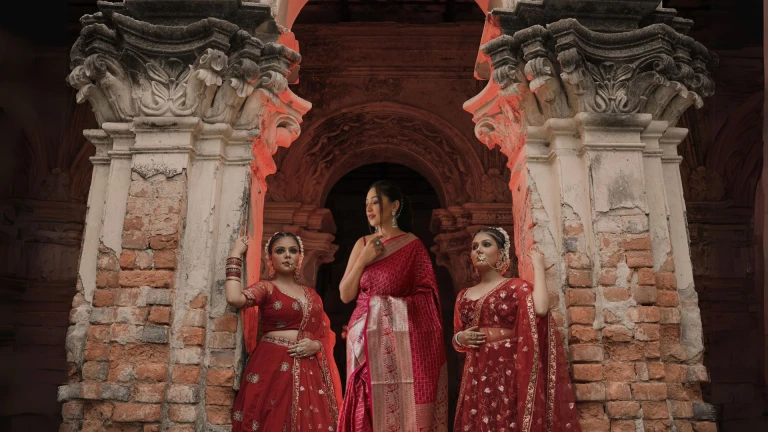
Bangalore silk is known for its quality and durability. It's lighter than Mysore silk and is available in a variety of vibrant colours.
History: Silk weaving in Bangalore has a long tradition, with the industry flourishing under the patronage of local rulers and the British.
Where to Buy: Traditional silk weaving centers like Basavanagudi and Jayanagar, and reputable stores like Angadi Silks and Vijayalakshmi Silks.
6. Bidriware
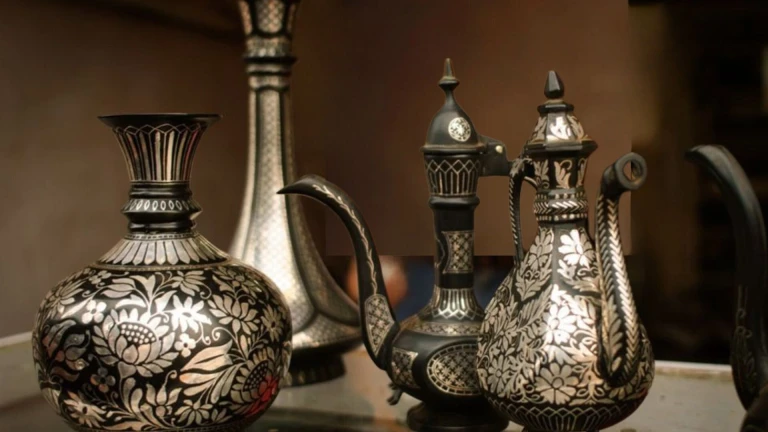
Bidriware is a unique form of metal handicraft, made from an alloy of zinc and copper with intricate silver inlay work. Although originating from Bidar in North Karnataka, it’s widely available in Bangalore.
History: This craft dates back to the 14th century and was brought to India by the Bahamani Sultans.
Where to Buy: Handicraft emporiums like Cauvery Handicrafts and select boutique stores in Bangalore.
7. Karnataka Handlooms

Karnataka's rich textile tradition is not limited to silk; handlooms from different regions like Ilkal and Molakalmuru offer distinct styles and patterns. These textiles are known for their vibrant colours and intricate designs.
History: The handloom weaving in Karnataka has a history that spans several centuries, with each region developing its unique style influenced by local culture and history.
Where to Buy: Handloom exhibitions and stores like the Karnataka Handloom Development Corporation in Bangalore.
8. Traditional Jewelry
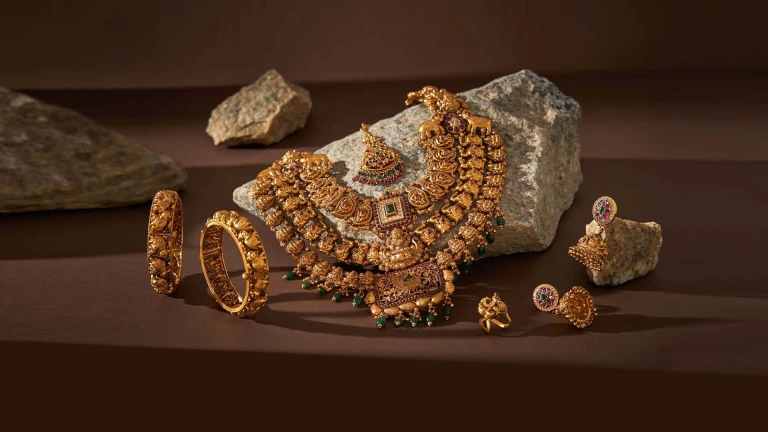
Traditional Karnataka jewellery, known for its intricate workmanship, includes items like gold-plated silver jewellery and temple jewellery. These pieces are often adorned with motifs from nature and Hindu mythology.
History: The jewellery-making tradition in Karnataka dates back to the ancient times of the Vijayanagara Empire, known for its exquisite craftsmanship.
Where to Buy: Jewelry stores in areas like Jayanagar and Malleswaram, or specific brand stores like GRT Jewellers and Tanishq.
9. Rosewood Inlay Work Paintings
The Essence of Rosewood Inlay Work
Rosewood inlay work paintings are not just paintings; they are intricate and beautiful artworks made by carefully inlaying pieces of colored wood into a darker wood base. The colors used are mostly natural, derived from plants, and add warmth and vibrancy to the artwork.
Historical Significance and Cultural Symbolism
Rosewood inlay work is a traditional art form that dates back to the Vijayanagara Empire. It was further developed under the patronage of Tipu Sultan, who appreciated art and craftsmanship.
Types of Rosewood Inlay Work Paintings
Rosewood inlay work paintings encompass a wide range of subjects, including:
Religious Figures: Deities from the Hindu pantheon, such as Krishna, Ganesha, and Lakshmi, are commonly depicted in rosewood inlay work.
Mythological Scenes: Scenes from Hindu epics, such as the Ramayana and Mahabharata, are often portrayed in intricate detail.
Courtly Life: Scenes from courtly life, depicting kings, queens, and their entourage, offer a glimpse into the region's history.
Everyday Life: Scenes from everyday life, such as village life, markets, and festivals, provide insights into the region's cultural traditions.
Bangalore's diverse range of souvenirs offers something for every kind of traveller. Whether you're looking for something traditional like Mysore silk sarees or something more contemporary like local coffee blends, the city's markets and emporiums are sure to have what you need. These souvenirs not only serve as mementoes but also offer a slice of Bangalore's rich cultural tapestry.
Published at
About Author
Yashas
Subscribe our Newsletter
Get our weekly tips and travel news!
Related Posts
10 amazing hacks for comfortable train journeys in India
Make your Indian train journey comfortable with these 10 hacks: choose the right class, pack essentials, stay hydrated, wear comfy clothing, charge devices, bring entertainment, prioritize safety, book lower berths, use travel apps, and socialize.
10 Backpacking Destinations in India that you must check out in 2024
In 2024, explore India's diverse beauty with these 10 must-visit backpacking destinations, offering mountains, beaches, and cultural gems for every traveler.
10 Beach Wedding Destinations in India for Magical Memories
A beach wedding in India is a dream come true for many couples, with its picturesque backdrop of golden sands, azure waters, and stunning sunsets. From the shores of Goa to the beaches of Kerala, this blog has the 10 best wedding locations for you!
10 Best Flea Markets in India for souvenirs and more
Embark on a shopping adventure in India with our guide to the 10 best flea markets, from the vibrant Dilli Haat to Goa's bohemian Anjuna market. Unearth unique souvenirs and experience the cultural richness of each location.
10 Best Trekking Destinations in India for October and November
The months of October and November provide the perfect weather conditions for outdoor enthusiasts to embark on exhilarating treks.
Latest Posts
Pahalgam Terror Attack: 28 Tourists Killed in Kashmir
A deadly terrorist attack in Pahalgam, Kashmi. Find out which areas are restricted, what safety measures are in place, and where it's still safe to travel.
10 Best Tourist Attractions in the Philippines for Indians
Plan your next getaway with this guide to the 10 best tourist attractions in the Philippines that Indian travellers will absolutely fall in love with.
You don't Need FASTag anymore? Everything you need to know!
No more FASTag from May 1st?
Zanskar Valley Travel Guide - Everything You Need to Know
Looking to get lost? Zanskar Valley might be for you.
10 Dreamy Experiences for Couples in Kashmir
Fancy some romantic experiences in Kashmir?


